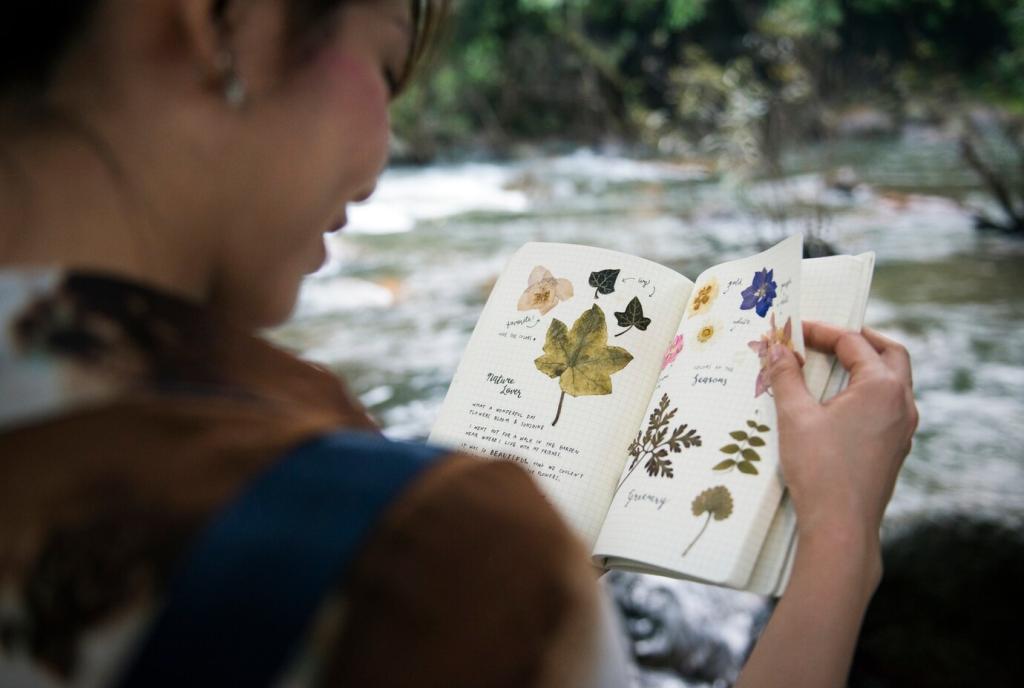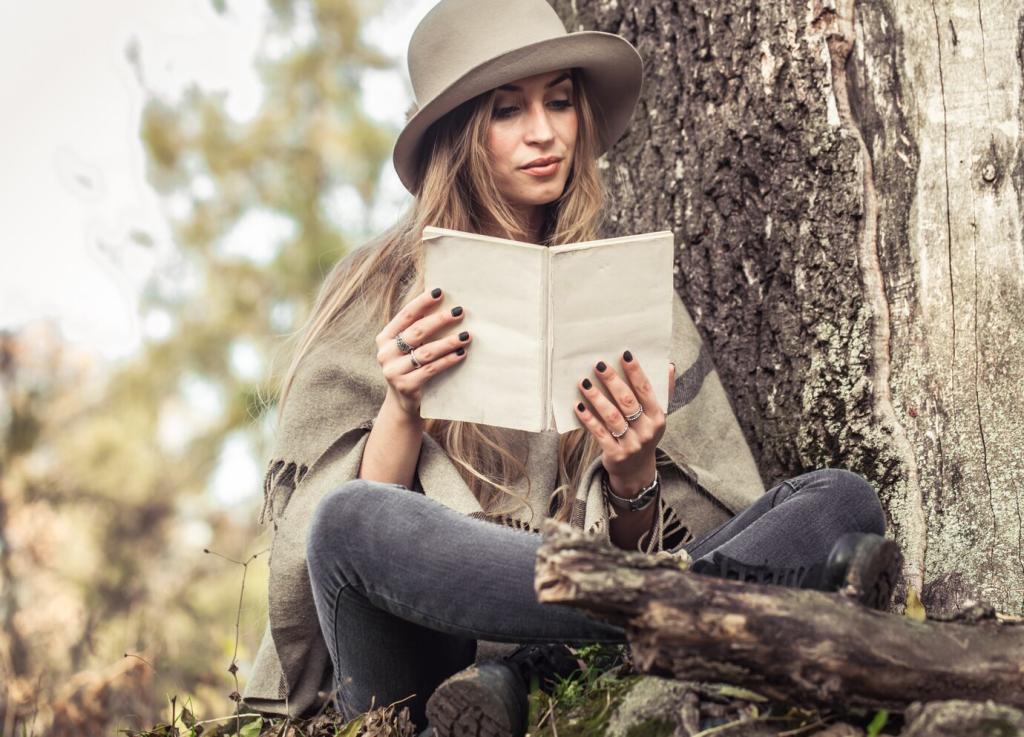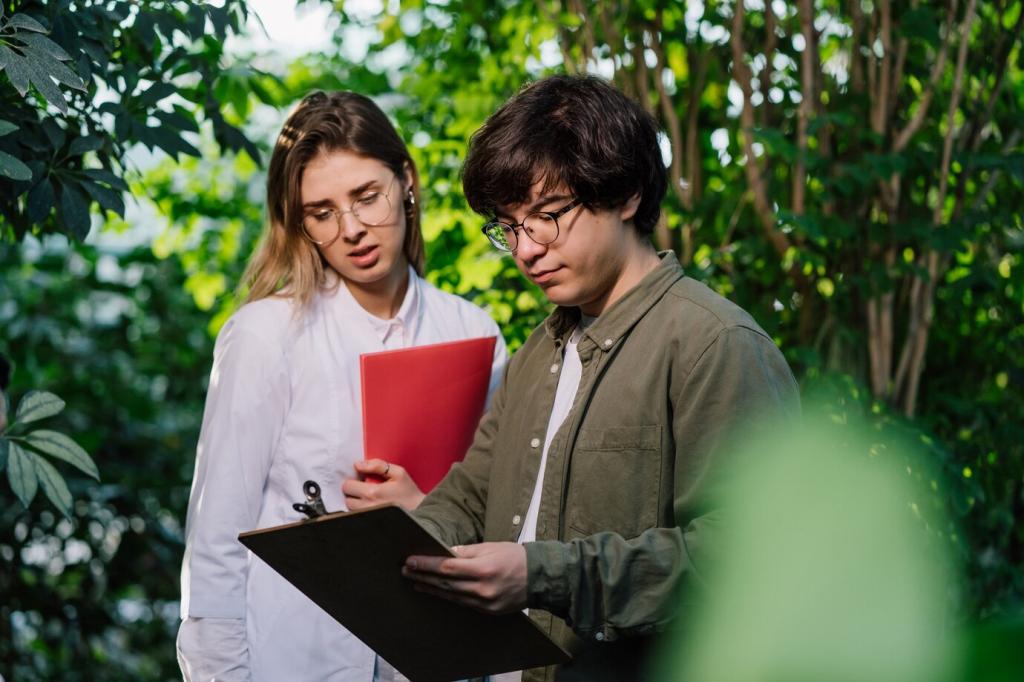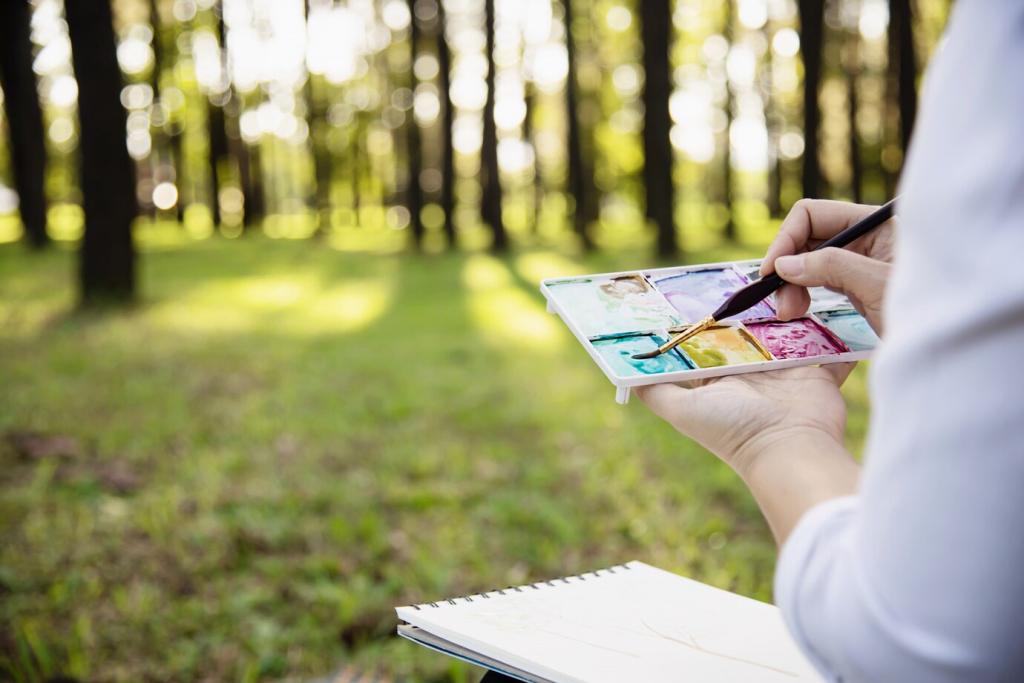
Integrating Nature and Narrative in Architectural Projects
Chosen theme: Integrating Nature and Narrative in Architectural Projects. Imagine buildings that grow from their landscapes and carry the stories of people, seasons, and species. Join us as we explore methods, anecdotes, and tools that braid ecology with lived experience. Share your thoughts, subscribe for field guides, and help us write the next chapter.
Why Narrative Flourishes Through Nature
Biophilia is not a style but a relationship contract between bodies and environments. When inhabitants feel rooted among textures, scents, and seasonal shifts, the building becomes a companion, not an object. Tell us how your favorite space makes you breathe differently.


Why Narrative Flourishes Through Nature
Sites hold layered memories, from ancestral paths to lost wetlands. Architecture that listens can acknowledge grief and repair, turning thresholds into ceremonies and courtyards into oral history rooms. Comment with a local story you would honor through form and material.
Winter sun angles, monsoon pulses, and fog belts sketch massing better than any ruler. Overhangs, thermal mass, and porous plans emerge from these rhythms, creating comfort with less energy. Share your go to climate map or tool in the comments.

Materials That Speak the Landscape
Use timber where forests are tended like libraries, with selective harvesting and long rotation stories. Expose grain where touch invites care, and design demountable joints for future chapters. Share your experience with mass timber acoustics and community acceptance.
Materials That Speak the Landscape
Rammed earth walls remember floods in their stratified horizons, while local stone maps footsteps from quarry to facade. Low carbon mixes can honor geology without erasing futures. What vernacular technique in your region deserves a contemporary, climate wise retelling.


Light, Sound, and Wind as Storytellers
Daylight choreography and circadian cues
Think of apertures as punctuation that guides attention and rest. North light for making, east light for waking, and shaded courts for midday peace. Daylight models become rehearsals. Tell us which shading strategy surprised you most in post occupancy reviews.
Acoustic ecology and quiet competence
Materials with tuned absorption let birdsong share space with conversation without shouting. Water sounds can cloak nearby traffic while teaching hydrology. Try a soundwalk before design and after occupancy. Share one sound you intentionally shaped in your last project.
Wind and natural ventilation narratives
Mapping breezes reveals cross ventilation paths that stitch comfort with energy savings. Stack effect chimneys read like campfire tales of rising warmth. Operable windows convert users into co authors. What seasonal ventilation ritual do you design for each year.
Water and Biodiversity as Program Partners
A courtyard rain garden can be a science class after storms, revealing flow, infiltration, and resilience. Interpretive markers become captions for living diagrams. Invite teachers to co design lessons on site and share curricula ideas that make storms less scary.

Water and Biodiversity as Program Partners
Native plant bands along paths turn commutes into field trips. Night friendly lighting protects moths and stories under constellations. Maintenance plans become communal rituals. Which native species could headline the narrative for your next landscape.

Story circles and annotated maps
Host circles where residents place memories on tracing paper and time lines on sidewalks. These become spatial prompts for thresholds, benches, and views. Invite readers to submit a site sketch, and we will feature selected maps in an upcoming post.

Vernacular craft reimagined
Local makers know wind, weight, and wear. Pair them with engineers to evolve joinery, screens, and plasters that meet codes without losing soul. Comment with a craft tradition you would like to elevate in a future studio or workshop.
Measuring Impact Without Killing the Magic
Interview users about seasonal comfort, favorite corners, and daily rituals. Map quotes alongside sensor data to see where story and performance align or diverge. Tell us one question you always ask during a building walkthrough.
Measuring Impact Without Killing the Magic
Track embodied carbon, EUI, daylight autonomy, and species counts as recurring characters in the plot. Publish dashboards that neighbors can read without jargon. Share a metric that changed a design decision for you this year.


